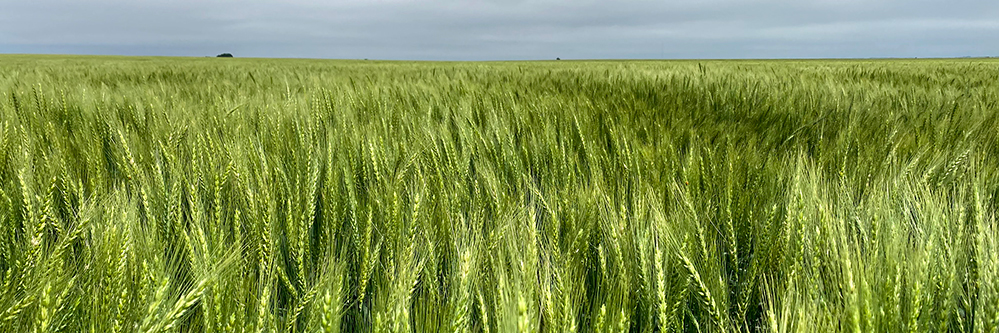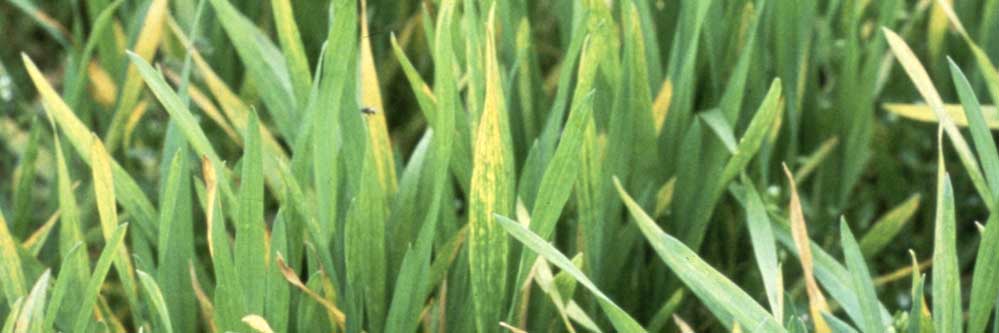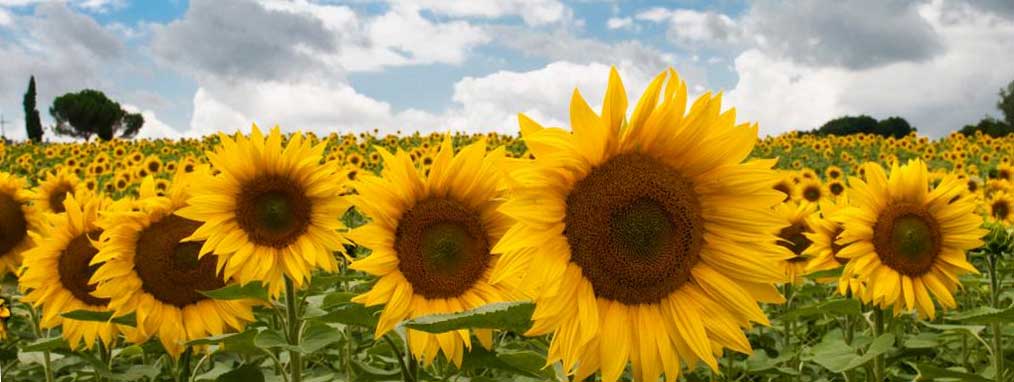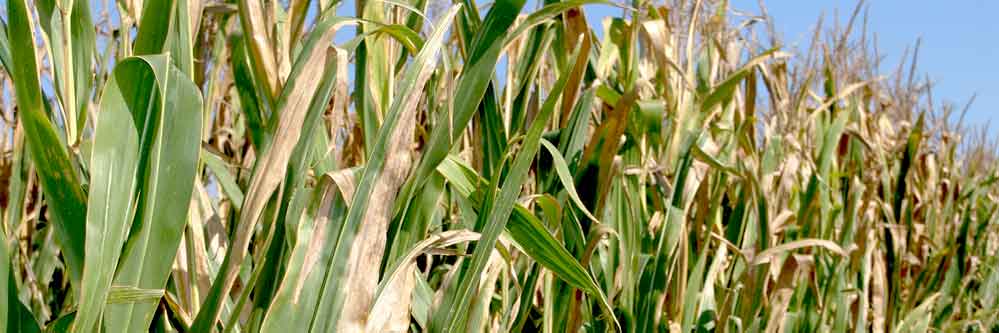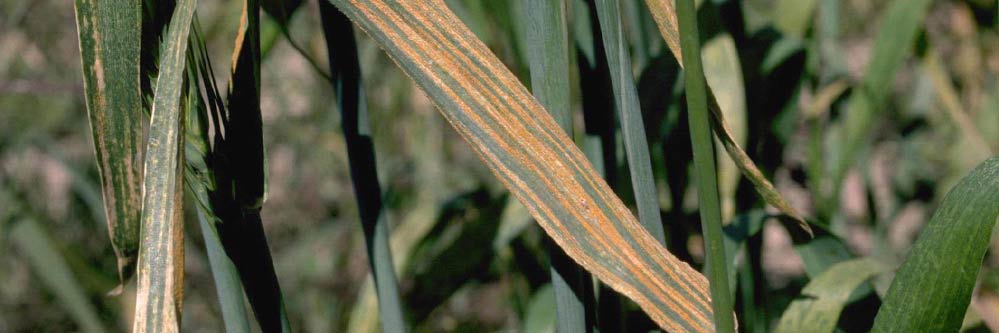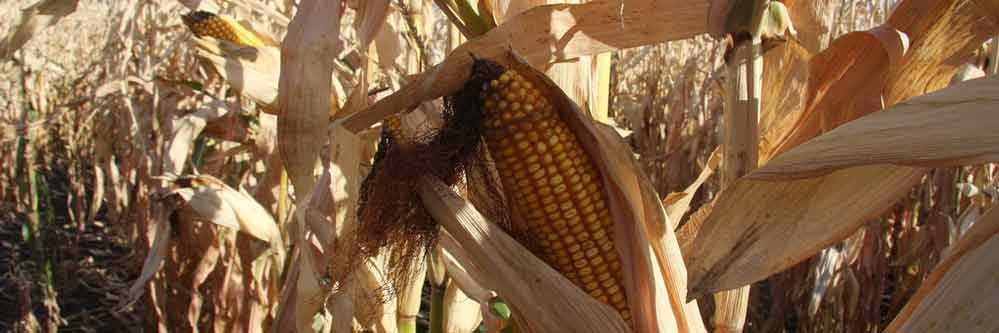Wheat Disease Pressure Expected to be High This Year
What a difference a year makes. Last year the extended drought made it difficult to establish wheat stands or allow for extensive fall or spring growth. That led to lower than normal disease pressure in 2023. We are looking at a very different situation in 2024. Over most of the High Plains, we have [...]
